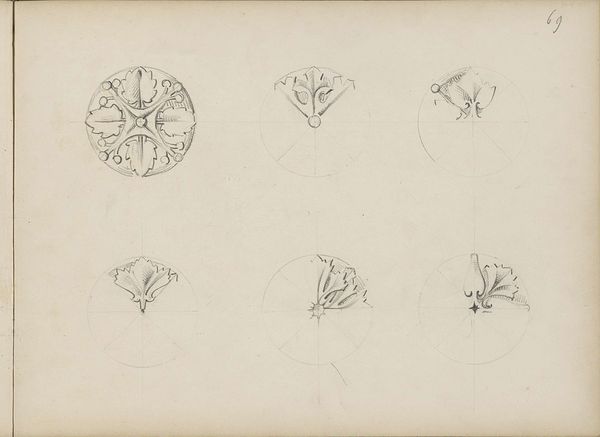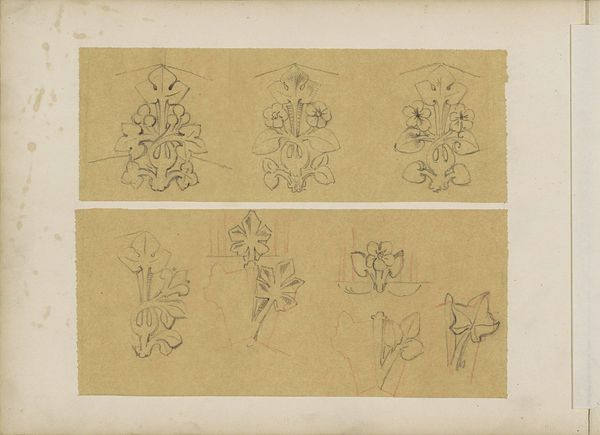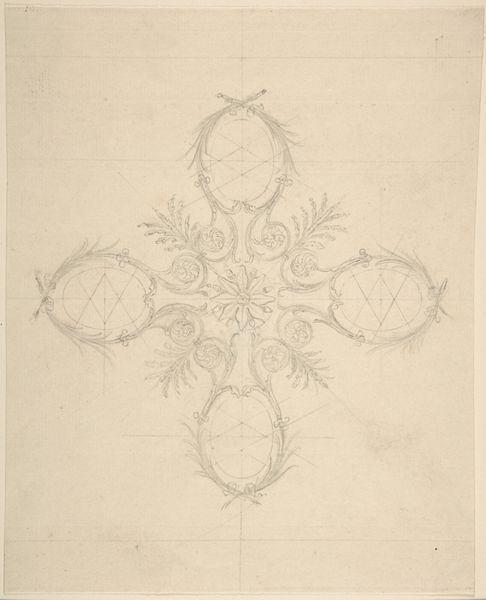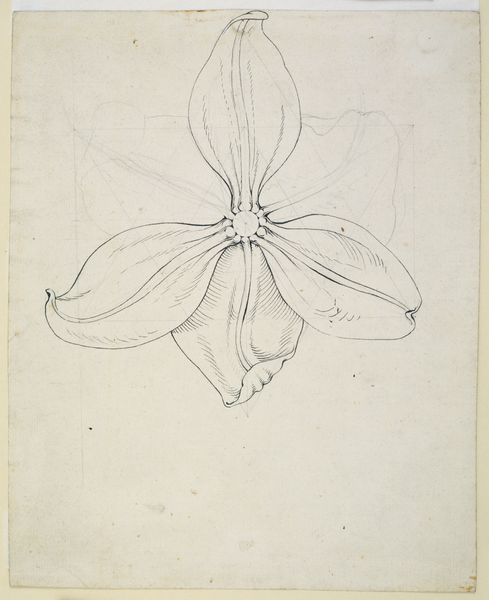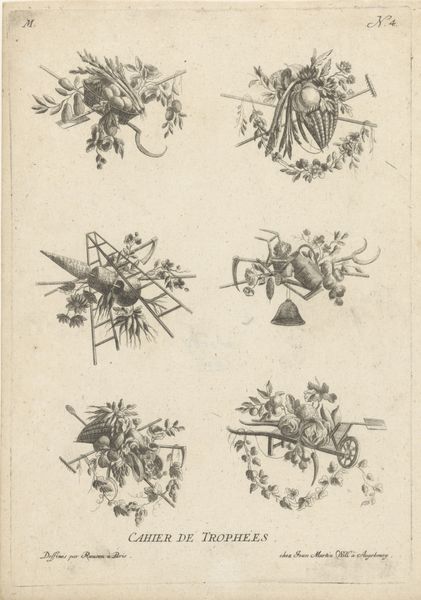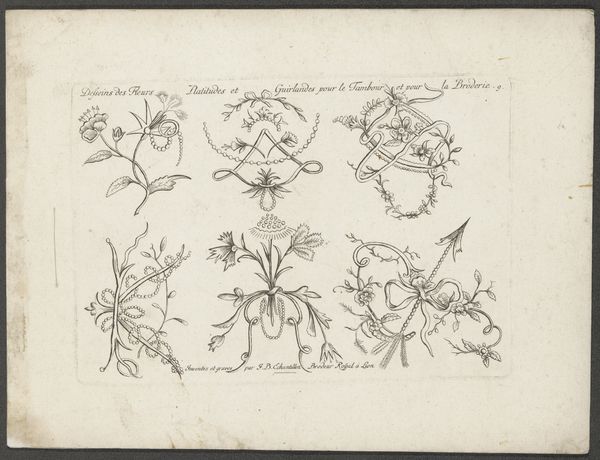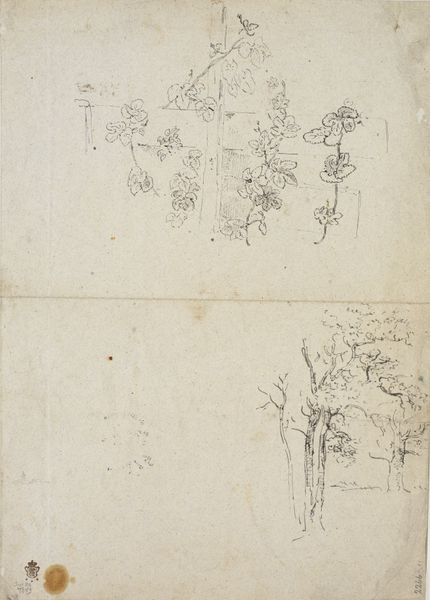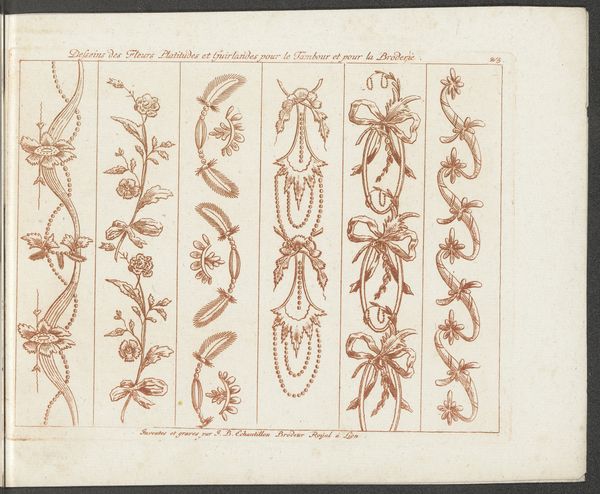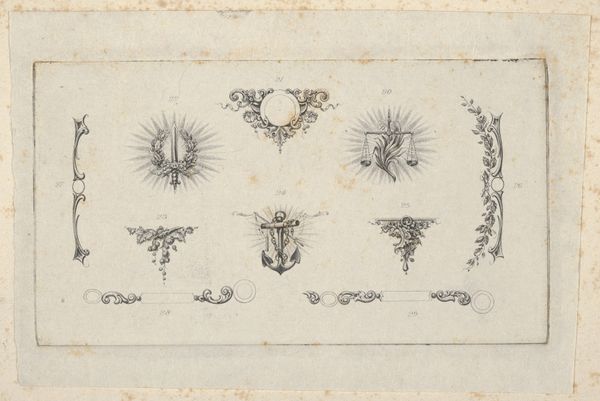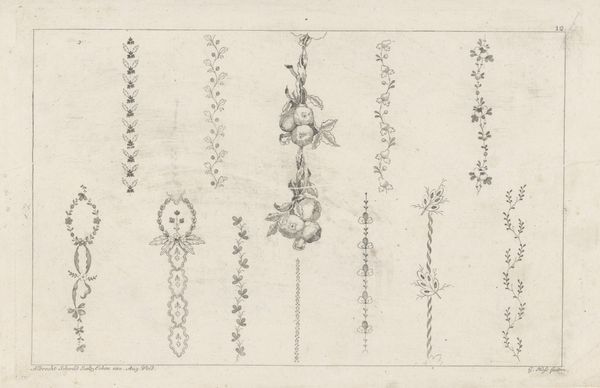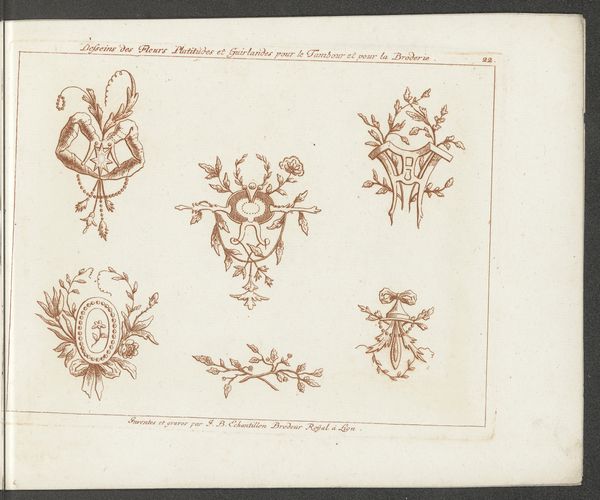
drawing, paper, ink, pencil
#
drawing
#
landscape
#
paper
#
ink
#
romanticism
#
pencil
Copyright: Public Domain
Philipp Otto Runge made this study of cress leaves and flowers with pencil on paper in Germany in the early 1800s. It represents the artist's deep engagement with the natural world and the scientific method. Runge’s detailed rendering of botanical specimens reflects the growing interest in natural science during the Romantic era. The plant drawings are part of a larger cultural context shaped by the Enlightenment's emphasis on empirical observation and classification. During this period, institutions like botanical gardens and museums played a crucial role in organizing and displaying the natural world. Runge was interested in the relationship between artistic expression and scientific accuracy. These drawings may have served as studies for larger compositions but they reflect Runge's artistic exploration and his place within these changing social and intellectual landscapes. Art historians use a range of resources, from scientific literature to cultural histories, to better understand the contexts in which art is made and received, emphasizing art as an integral part of broader cultural and intellectual developments.
Comments
No comments
Be the first to comment and join the conversation on the ultimate creative platform.
